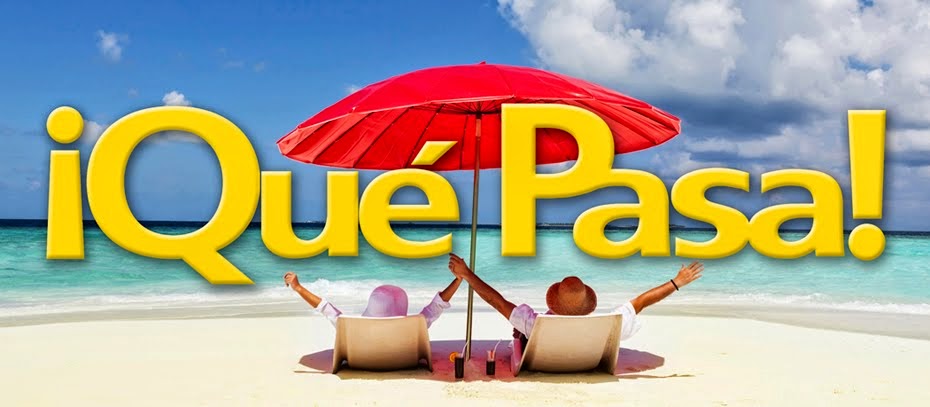Since November 2010, Puerto Rico has had the distinct honor of waving the first—and only—Blue Flag in the Caribbean awarded to a beach within a natural reserve. The Blue Flag is an international eco-label recognition bestowed upon beaches and marinas that comply with strict criteria in such areas as safety and services, environmental management, water quality, and environmental education and information.
The beach that received this award was Pelican Beach at Caja de Muertos Island, in Ponce, a municipality in southern Puerto Rico.
To visit Caja de Muertos Island, you must go to La Guancha boardwalk in Ponce and take a ride from a boat operator who will take you to Pelican Beach and its white crystalline waters. The name of the island comes from its topography—which resembles a coffin. Nevertheless, the name also is attributed to a pirate legend while others point to its indigenous origin.
Some of the attractions of Caja de Muertos Island include hiking its trails, admiring the characteristic flora and fauna of a dry forest, photographing a lighthouse built in 1887, and basking in the crystalline waters of its white sandy beach. In addition to its land trails, the reserve has underwater trails that recently were reopened to the public.
Since 1980, the natural reserve has been managed by the Department of Natural & Environmental Resources, a government agency that joined forces with the municipality of Ponce to achieve the Blue Flag designation.
Puerto Rico has other Blue Flag beaches, including Carolina Public Beach, Seven Seas in Fajardo, Punta Salinas in Toa Baja, El Escambrón in San Juan, and Boquerón Beach in Cabo Rojo, as well as Puerto Chico and Puerto del Rey marinas in Fajardo.
Today, 41 countries participate in the Blue Flag Program and more than 3,400 beaches and marinas have received the coveted designation. In Puerto Rico, the organization for a Sustainable Environment (OPAS by its Spanish acronym) is in charge of managing the program as the sole representative of the Foundation for Environmental Education. For more information, visit www.opaspr.org and www.bluefl ag.org.
El orgullo de ondear la Bandera Azul
Desde noviembre de 2010, Puerto Rico ostenta el honor de ondear la primera y única Bandera Azul en todo el Caribe otorgada a una playa ubicada en una reserva natural. La Bandera Azul es una ecoetiqueta de reconocimiento internacional que se les otorga a las playas y marinas que cumplen con estrictos criterios de seguridad y servicios, manejo ambiental, calidad de aguas e información y educación ambiental.
La playa que recibió este premio fue la Playa Pelícano de la Reserva Natural Isla Caja de Muertos en Ponce, municipio situado al sur de Puerto Rico.
Para visitar Isla Caja de Muertos debe llegar al paseo tablado La Guancha en Ponce y allí abordar el bote de un concesionario de transportación marítima que le llevará a Playa Pelícano y las aguas cristalinas que la distinguen. El nombre de la Isla deriva de su topografía ya que asemeja a un ataúd. Sin embargo, la historia también le atribuye el nombre a una leyenda de piratas y otros destacan su
origen indígena.
Entre los atractivos turísticos de Isla Caja de Muertos figuran caminar por veredas debidamente rotuladas, observar fl ora y fauna características de un bosque seco, retratar un faro construido en el 1887 y bañarse en aguas cristalinas de arenas blancas. Además de las veredas terrestres, la reserva cuenta con unas veredas submarinas que fueron recientemente reinauguradas.
Esta reserva natural es manejada desde el 1980 por el Departamento de Recursos Naturales y Ambientales (DRNA), agencia gubernamental colaboró con el Municipio Autónomo de Ponce para lograr la mencionada distinción mundial.
Puerto Rico también cuenta con otras playas Bandera Azul que incluyen el Balneario de Carolina, Seven Seas en Fajardo, Punta Salinas en Toa Baja, El Escambrón en San Juan, Boquerón en Cabo Rojo y las marinas Puerto Chico y Puerto del Rey en el municipio de Fajardo.
